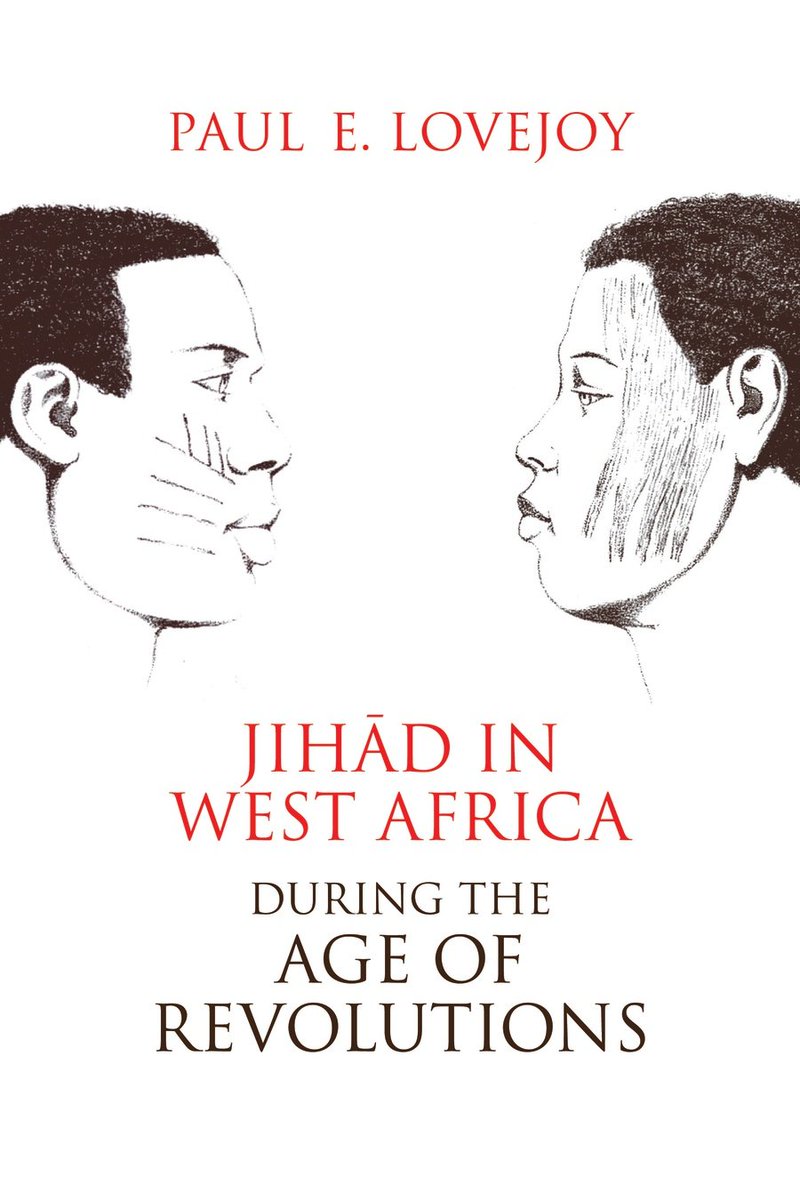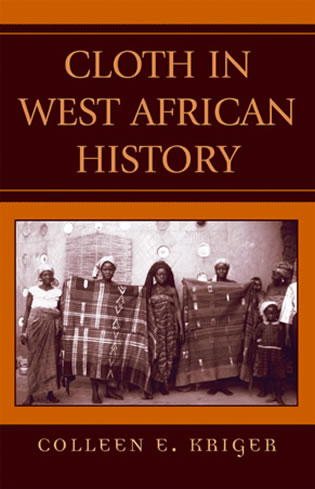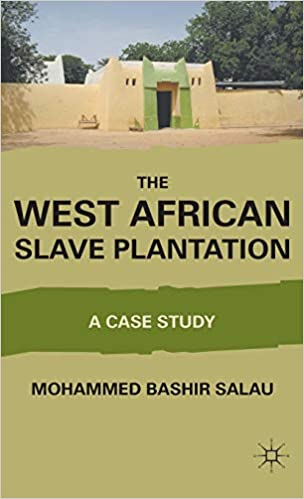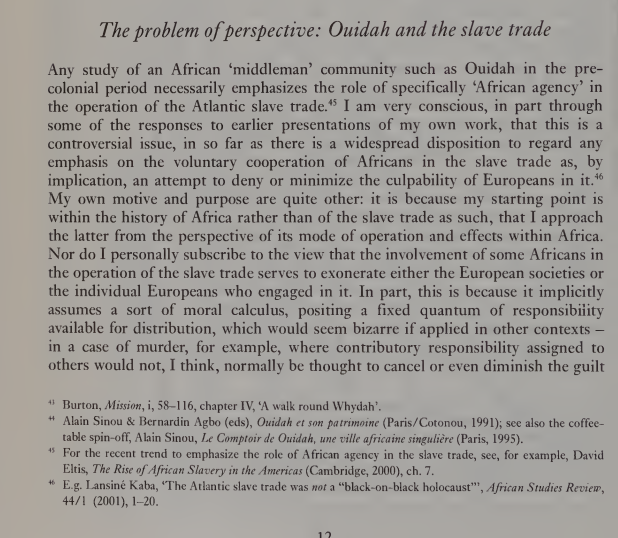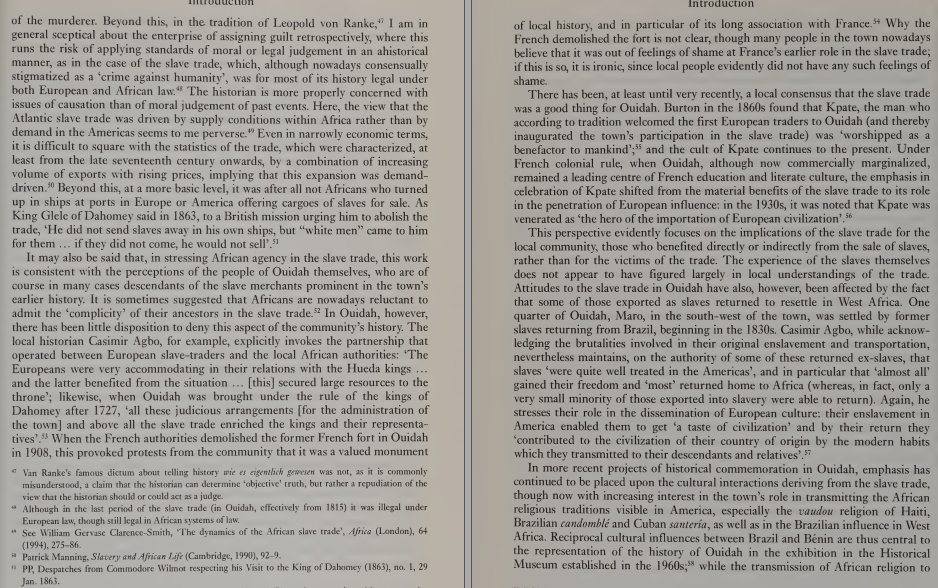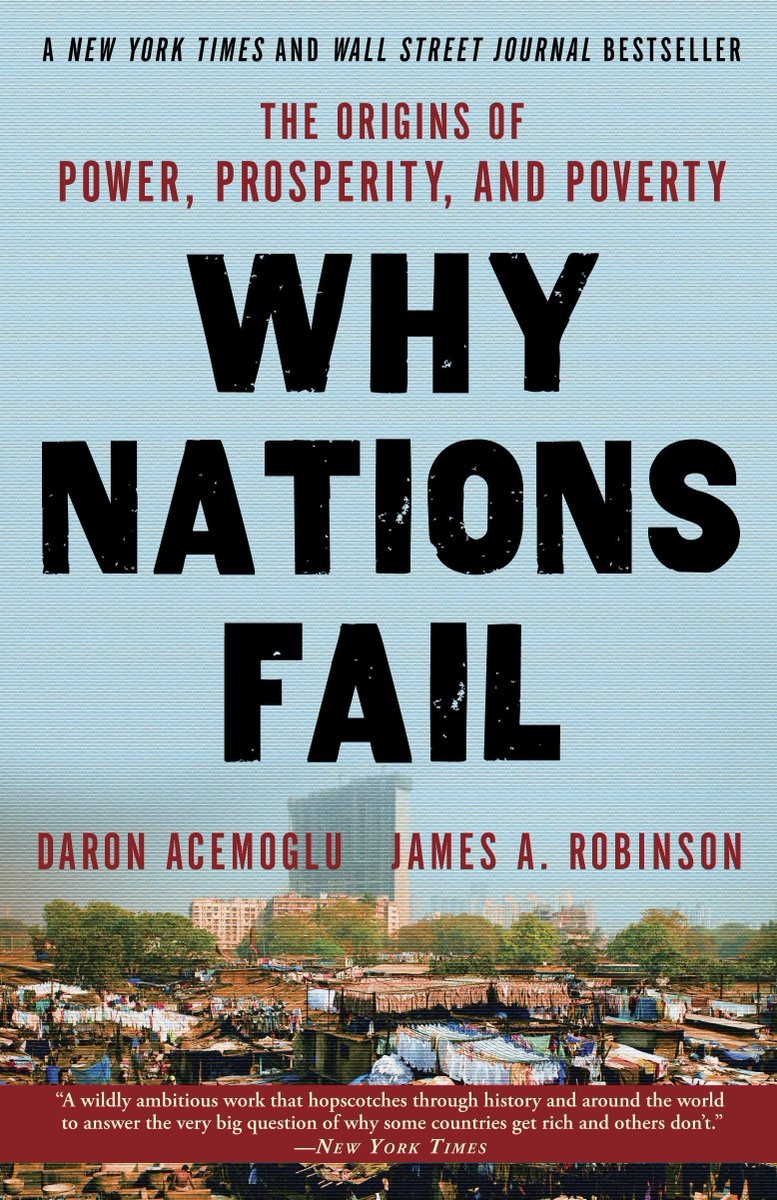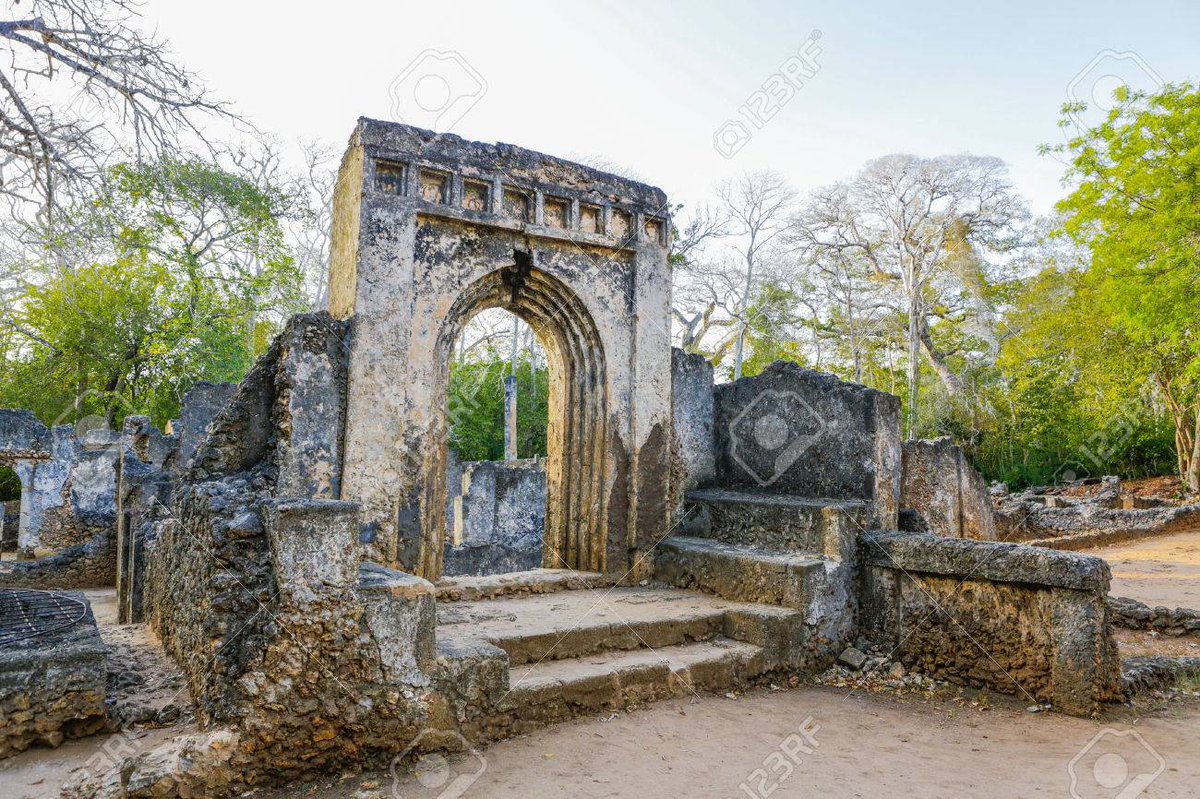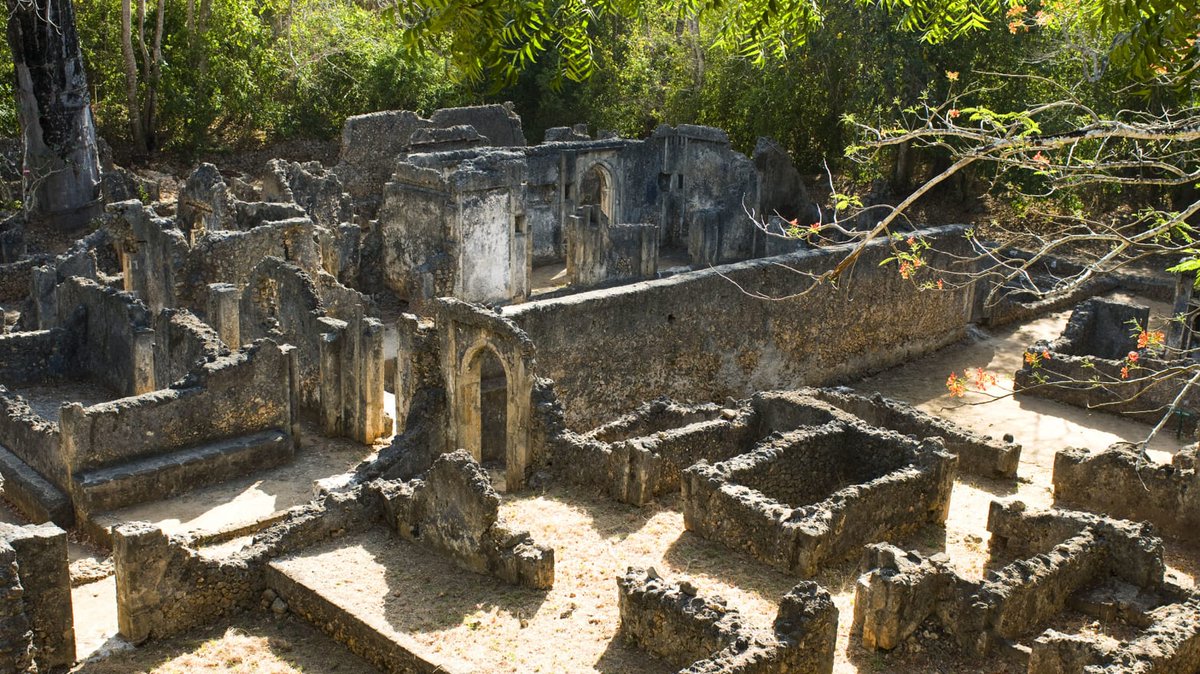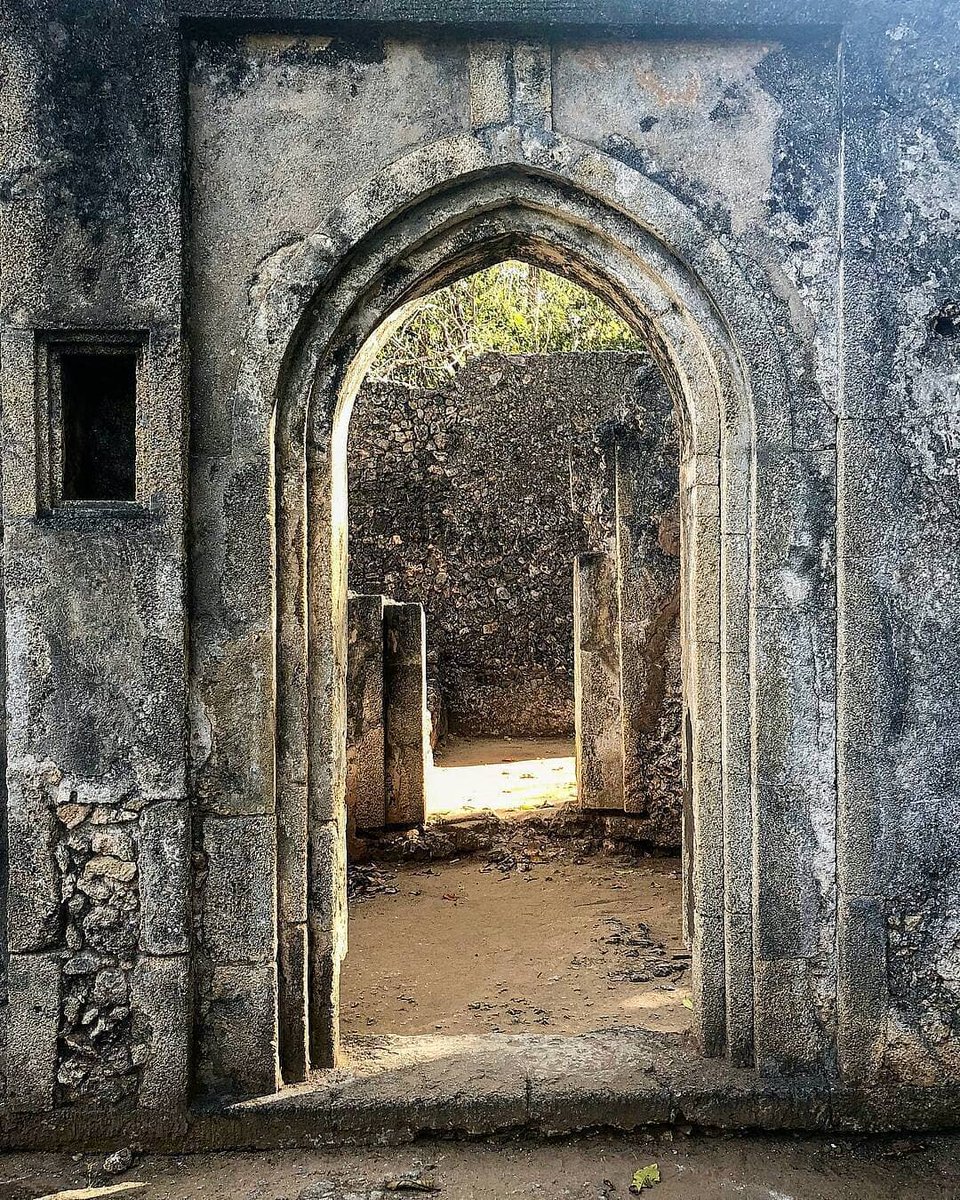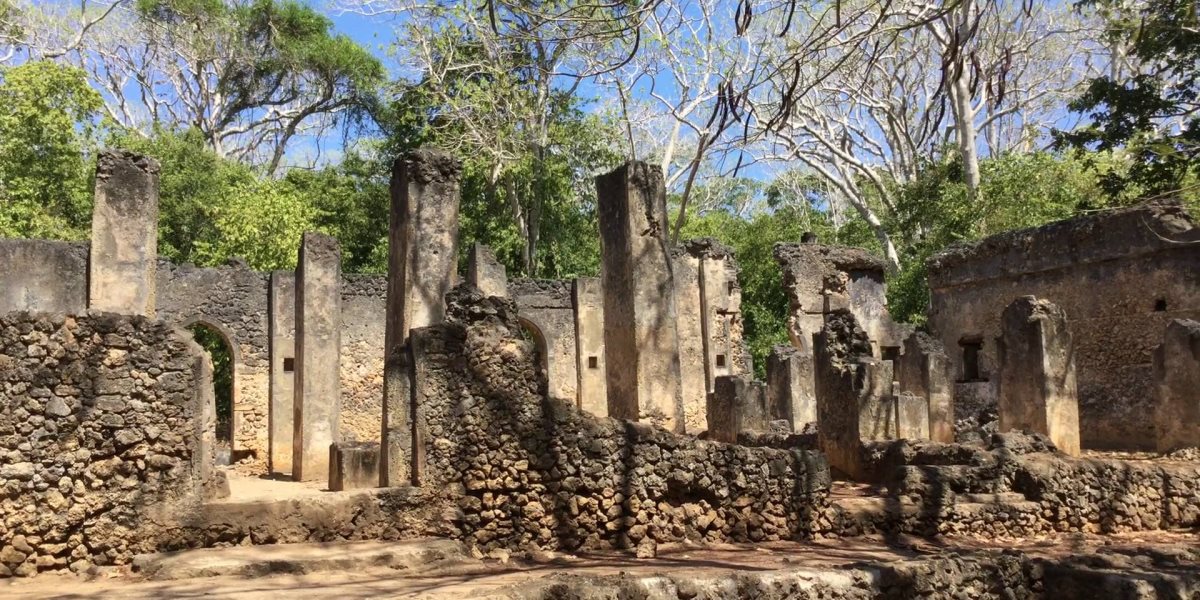
Mega thread for manuscripts, inscriptions, documents and other pieces of writing from africa (ex-north)
The oldest from WestAfrica come from cities associated with ancient ghana b'tn 950-1150AD
-plaques from its capital kumbi saleh & tedgoust
-epitaphs from gao, essuk & bentyia
The oldest from WestAfrica come from cities associated with ancient ghana b'tn 950-1150AD
-plaques from its capital kumbi saleh & tedgoust
-epitaphs from gao, essuk & bentyia
https://twitter.com/rhaplord/status/1058291367787589632
1st cent. BC royal stela of Queen amanirenas of kush inscribed in meroitic
The Meroitic script is one of africa's oldest (mid-third century BC)
Kush's meroitic language (since the kingdom of kerma in 2500BC) had long been written in egyptian hieroglyphics
The Meroitic script is one of africa's oldest (mid-third century BC)
Kush's meroitic language (since the kingdom of kerma in 2500BC) had long been written in egyptian hieroglyphics
https://twitter.com/rhaplord/status/1210518666703462400
15th century epitaph of a swahili elite from mombasa: Mwana wa bwana binti mwindani
some of the oldest preserved swahili pieces of writing come from shanga (9th cent. silver coins) and zanzibar ( 1107 mosque inscription)
some of the oldest preserved swahili pieces of writing come from shanga (9th cent. silver coins) and zanzibar ( 1107 mosque inscription)
https://twitter.com/rhaplord/status/1151426634953760768
An Old-nubian apocryphal manuscript written in the 10th century at the Qsar el-Wizz monastery in Sudan
The oldest Old nubian writings date from the 8th century, three centuries after kharamadoye's meroitic inscription written in 420AD
The oldest Old nubian writings date from the 8th century, three centuries after kharamadoye's meroitic inscription written in 420AD
https://twitter.com/rhaplord/status/1190230781173673984
One of several stelae of emperor ezana of aksum inscribed in ge'ez in the 4th cent. describing -among others- his war in kush against the noba (nubians)
Ezana's war in kush (after 340) followed up on his father Ousanas' defeat of kush (btn 310-320AD)
Ezana's war in kush (after 340) followed up on his father Ousanas' defeat of kush (btn 310-320AD)
https://twitter.com/rhaplord/status/1123524529316421632
the Tarikh al-sudan chronicle first written by soninke scholar al-mukhtar in 1664 at Timbuktu then edited by fulani scholar (a massina propagandist) Nuh al-tahir in the mid 19th cent. at Hamdallaye
It's one of west africa's oldest preserved chronicles
It's one of west africa's oldest preserved chronicles
https://twitter.com/rhaplord/status/1171742902336315395
A mathematical manuscript written in 1733 by Al-fullani al-Kishnawi ; a scholar from katsina -a hausa citystate in nigeria
https://twitter.com/rhaplord/status/1293829592852172800
Inscribed tombstones of the sultans of dahlak
The port-city was a stronghold of an ethiopian mamluk dynasty that conquered yemen in the early 11th cent. and ruled it and much of south arabia for two centuries at their capital zabid
The port-city was a stronghold of an ethiopian mamluk dynasty that conquered yemen in the early 11th cent. and ruled it and much of south arabia for two centuries at their capital zabid
https://twitter.com/rhaplord/status/1217414636049510400
copy of al-ashmawi, a
16th century manuscript in old kanembu written by abubakar bn almahir in bornu
The kanem-bornu kingdom was home to some of the earliest centres of westafrican scholarship
notably the 12th cent. kanuri poet ibrahim al-kanemi
16th century manuscript in old kanembu written by abubakar bn almahir in bornu
The kanem-bornu kingdom was home to some of the earliest centres of westafrican scholarship
notably the 12th cent. kanuri poet ibrahim al-kanemi
https://twitter.com/rhaplord/status/1235910379487850496
Utendi wa tambuka -a swahili poem written in the swahili citystate of pate by bwana mwengo athmani in 1728
No manuscripts survive from the classic swahili era btn 800-1500AD (except on stone & coinage) b'se of the tropical climate and the portuguese wars
No manuscripts survive from the classic swahili era btn 800-1500AD (except on stone & coinage) b'se of the tropical climate and the portuguese wars
https://twitter.com/rhaplord/status/1207972084086792193
Illuminated 14th cent. bible containing the four gospels from Ethiopia
ethiopians had mastered the art of manuscript illumination by the 5th cent. with the garima gospels (the world's oldest illuminated bible) produced during the aksumite era
ethiopians had mastered the art of manuscript illumination by the 5th cent. with the garima gospels (the world's oldest illuminated bible) produced during the aksumite era
https://twitter.com/rhaplord/status/1219917289820246016
Bound and illuminated prayerbook from nothern Ghana: Dalāʾil al-Khayrāt' made in 1850AD
The region was long home to several early scholary centres like begho a 12th cent. city contemporaneous with djenne and timbuktu
The region was long home to several early scholary centres like begho a 12th cent. city contemporaneous with djenne and timbuktu
https://twitter.com/rhaplord/status/1225007123777671169
Funerary stela of lady Ataqelula; a wealthy woman in the meroitic kingdom of kush made in the 2nd cent. AD at sedeinga, an elite necropolis
https://twitter.com/rhaplord/status/1144532604584103936
1731 AD
astronomical manuscript: "Kitâb fî al-Falak" written in gao (former capital of songhai)
Astronomy was one of several subjects taught in west african schools
many of such manuscripts survive from djenne, timbuktu, gao, walata and the hausalands
astronomical manuscript: "Kitâb fî al-Falak" written in gao (former capital of songhai)
Astronomy was one of several subjects taught in west african schools
many of such manuscripts survive from djenne, timbuktu, gao, walata and the hausalands
https://twitter.com/rhaplord/status/1218168287416197120
Tarikh sokoto: a chronicle on the history of the sokoto empire and the surrounding regions in the 18th and 19th centuries written by al-Hajj Sa'id in sokoto, nigeria
https://mobile.twitter.com/rhaplord/status/1281895860788494337
Illuminated qurans from the swahili city state of siyu produced in the 18th and 19th cent. by a local scribe
https://twitter.com/rhaplord/status/1298552461469388800
17th century illuminated prayerbook; Arganonä Maryam (The Organ of Mary) by the "ground hornbill painter" Baselyos -ethiopia
A noted religious zealot; emperor Zar'a Ya'qob "formally" introduced the Marian cult into the ethiopian church in 1441AD
A noted religious zealot; emperor Zar'a Ya'qob "formally" introduced the Marian cult into the ethiopian church in 1441AD
https://twitter.com/rhaplord/status/1202172648794386432
18th/19th cent. medicinal manuscripts by Sultan Bello
There was a resurgence in West african scholarship in the 18th and 19th cent. heralded in large part by the Dan fodio family (Usman, abdulahi, bello and nana) in the sokoto, massina and tukulor empires
There was a resurgence in West african scholarship in the 18th and 19th cent. heralded in large part by the Dan fodio family (Usman, abdulahi, bello and nana) in the sokoto, massina and tukulor empires
https://twitter.com/rhaplord/status/1245318799953444865
Offering table and stele of Prince tekeden of the meroitic Kingdom of kush; inscribed in the meroitic script around 200BC
https://twitter.com/rhaplord/status/1159747458563497984
Bornu Quran, made in 1750AD at kodunga :kanem-bornu empire -nigeria
https://twitter.com/rhaplord/status/1213058010236563456
1733 AD manuscript ;
The Important Stars Among the Multitude of the Heavens by astronomer Nasir al-Ghalawi in timbuktu, mali
The fabled city of Timbuktu was "western sudan" premier scholarly capital b'tn1450-1591AD (songhai era) after walata and djenne
The Important Stars Among the Multitude of the Heavens by astronomer Nasir al-Ghalawi in timbuktu, mali
The fabled city of Timbuktu was "western sudan" premier scholarly capital b'tn1450-1591AD (songhai era) after walata and djenne
https://mobile.twitter.com/rhaplord/status/1202905835921387520
Manuscripts from kumasi capital of the asante empire; ghana written in
1800-1820AD by local scribes
The asante kings (and elites) owned libraries stocked with many books from west africa europe, influenced by the muslim tributary states it conquered
1800-1820AD by local scribes
The asante kings (and elites) owned libraries stocked with many books from west africa europe, influenced by the muslim tributary states it conquered
https://twitter.com/rhaplord/status/1301806901555060736
Section of rvelations in Old nubian from qasr ibrim - makuria kingdom
The nubian kingdoms of noubadia, makuria and alodia were converted to christianity in the 6th cent.
They, along with Ethiopia, we're the only non-european christian states until 1500
The nubian kingdoms of noubadia, makuria and alodia were converted to christianity in the 6th cent.
They, along with Ethiopia, we're the only non-european christian states until 1500
https://twitter.com/rhaplord/status/1199641221548908544
Richly illustrated books from ethiopia: miracles of Mary and psalms of David written in the 19th cent.
One of several works titled "miracles of mary" Mary was an important figure in ethiopia's tewahedo church esp. after the 15th cent.
One of several works titled "miracles of mary" Mary was an important figure in ethiopia's tewahedo church esp. after the 15th cent.
https://twitter.com/rhaplord/status/1179351226800115712
King Nastasen's royal stela inscribed in egyptian hieroglyphics in the 4th cent. BC
This was the last royal document in egyptian hieroglyphics and Alara's dynasty (which Nastasen belonged) was deposed by a new dynasty that invented the meroitic script
This was the last royal document in egyptian hieroglyphics and Alara's dynasty (which Nastasen belonged) was deposed by a new dynasty that invented the meroitic script
https://twitter.com/rhaplord/status/1301078909124050944
Al-sadi's tarikh al-sudan written in timbuktu in 1665
It and the al-fattash provide an invaluable resource in reconstructing West African history
Full translations
al-sudan : Hunwick's "timbuktu and the songhay"
al-fattash : Nobili's "Sultan, caliph..."
It and the al-fattash provide an invaluable resource in reconstructing West African history
Full translations
al-sudan : Hunwick's "timbuktu and the songhay"
al-fattash : Nobili's "Sultan, caliph..."
https://twitter.com/rhaplord/status/1263419892117704704
Illuminated bible containing the four gospels written by the 17th century ethiopian scribe Mahanta Mikael
The gondarine era (1632-1769) witnessed a resurgence in ethiopian literacy after the devastating wars with adal especially at the capital -gondar
The gondarine era (1632-1769) witnessed a resurgence in ethiopian literacy after the devastating wars with adal especially at the capital -gondar
https://twitter.com/rhaplord/status/1230100575670407169
Abdullahi Dan Fodio's "Miftāh li-l Tafsīr" -northern nigeria, 1794AD
Abdullahi was one of the most versatile scholars in the 18th cent writing on a wide range of topics from statecraft to the sciences to theology; he was well learned and well travelled
Abdullahi was one of the most versatile scholars in the 18th cent writing on a wide range of topics from statecraft to the sciences to theology; he was well learned and well travelled
https://twitter.com/rhaplord/status/1192772772457598976
18th cent. talismanic healing scrolls from ethiopia
https://twitter.com/rhaplord/status/1277215118456209408
Illuminated Quran made in Harar in 1749, it was later taken to zanzibar in 1839
east and west african scholars travelled widely esp. in the early modern era (1500s-1800s) both on pilgrimages and for education
eg kanuri scholar al-barnawi
east and west african scholars travelled widely esp. in the early modern era (1500s-1800s) both on pilgrimages and for education
eg kanuri scholar al-barnawi
https://twitter.com/rhaplord/status/1316676458409058305
An ethiopian manuscript written in 1700AD about the 13th cent. ethiopian monk Takla Haymanot: a widely venerated figure both in the ethiopian church and outside plus one who played an important role in the so called "solomonic restoration"
https://twitter.com/rhaplord/status/1314155668413317120
Alfa Nuh b. al-Tahir al Fullani's Treatise on prosody written in 1803
al-Fulani made the most ambitious attempt to rewrite westafrican history by elevating and legitimising the status of massina emperor Ahmad lobbo to the level of 12th caliph of islam
al-Fulani made the most ambitious attempt to rewrite westafrican history by elevating and legitimising the status of massina emperor Ahmad lobbo to the level of 12th caliph of islam
https://twitter.com/rhaplord/status/1318849195923722240
Two of Nana Asma'u's manuscripts on notable sufi women in history and on the sokoto-gobir-tuareg conflict
The most notable scholars she listed among her peers were Habiba and Joda Kowuuri
She was also a political commentator and war historian
The most notable scholars she listed among her peers were Habiba and Joda Kowuuri
She was also a political commentator and war historian
https://twitter.com/rhaplord/status/1322096332794929152
A 19th century manuscript on astronomy from lamu
https://twitter.com/rhaplord/status/1326491732159197185
Fragments of two illustrated manuscripts from the 10th century
Written in the kingdom of makuria, Christian nubia
Written in the kingdom of makuria, Christian nubia
https://twitter.com/rhaplord/status/1331885198770892800
Illuminated koranic manuscripts from West Africa
https://twitter.com/rhaplord/status/1339132836448702464?s=20
Commercial agreement on trading in several West African cities priced in gold, and the costs of constructing a house in massinah
https://twitter.com/rhaplord/status/1336619865906540544?s=20
Illustrated manuscripts from ilorin
Addition of illustrations in West African manuscripts wasn't very common but there were a number from jenne, timbuktu, bornu and the sokoto regions with such geometric illustrations
Addition of illustrations in West African manuscripts wasn't very common but there were a number from jenne, timbuktu, bornu and the sokoto regions with such geometric illustrations
https://twitter.com/rhaplord/status/1346758136464629760?s=20
copy of the kebra nagast from the 15th century
https://twitter.com/rhaplord/status/1359406390238871552?s=20
18th century Manuscript on astronomy from the city of djenne
https://twitter.com/rhaplord/status/1362701357694652417?s=20
6th century stela of Abraha, the Ethiopian king of yemen and general of the aksumite empire
one of the longest pieces of writing by an african outside the continent
one of the longest pieces of writing by an african outside the continent
https://twitter.com/rhaplord/status/1364498620922417156?s=20
19th century talismanic manuscript from guinea
https://twitter.com/rhaplord/status/1377206417560633344?s=20
book on philosophy from 17th century Ethiopia
https://twitter.com/rhaplord/status/1367057315858374656?s=20
Queen M.s.r's epitaph from the city of Gao-saney, capital of Gao kingdom (kawkaw in external sources)
the 11th cent. epitaphs of gao, essuk, bentiya, and inscribed plaques of kumbi saleh, tegdaoust comprise the earliest pieces of writing in west africa
the 11th cent. epitaphs of gao, essuk, bentiya, and inscribed plaques of kumbi saleh, tegdaoust comprise the earliest pieces of writing in west africa
https://twitter.com/rhaplord/status/1382254351821979650?s=20
16th cent. letters from the kingdom of Kongo
Kongo had one of the earliest literary cultures in sub-equatorial Africa (beginning in the late 15th cent.)
unfortunately, few documents survived locally but most are preserved in various European institutions
Kongo had one of the earliest literary cultures in sub-equatorial Africa (beginning in the late 15th cent.)
unfortunately, few documents survived locally but most are preserved in various European institutions
https://twitter.com/rhaplord/status/1387339461361504257?s=20
• • •
Missing some Tweet in this thread? You can try to
force a refresh






